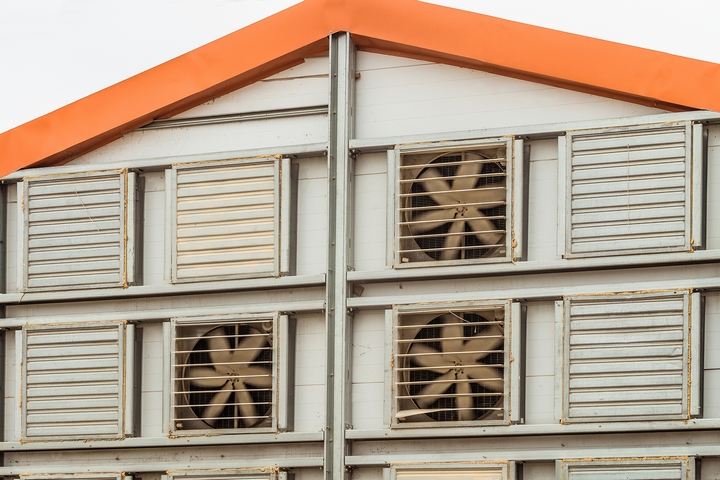Exhaust fans tend to be large and heavy duty in barns. After all, they must be able to manage the needs of a large agricultural building. Over time, industrial exhaust fans collect dirt and debris. They need to be cleaned to keep them functioning properly and safely.
Some farm owners may not understand that it is their responsibility to maintain the exhaust fan. Often, the exhaust fan is overlooked or not included in the farm’s upkeep. However, it is crucial to organize a maintenance schedule regularly.
Let’s learn the steps of how to clean an exhaust fan in a barn:
Set up the space
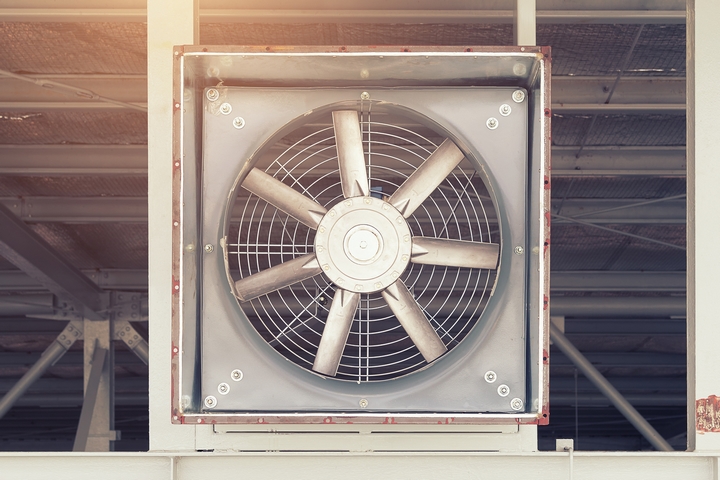
Cleaning a barn exhaust fan can be a messy job. It is recommended that a tarp be laid down in the working area before tackling this cleaning job. It will help with safety and will certainly help with cleanup afterwards. Collect all the materials that will be needed for the job, to help speed up and facilitate the process.
Take safety precautions
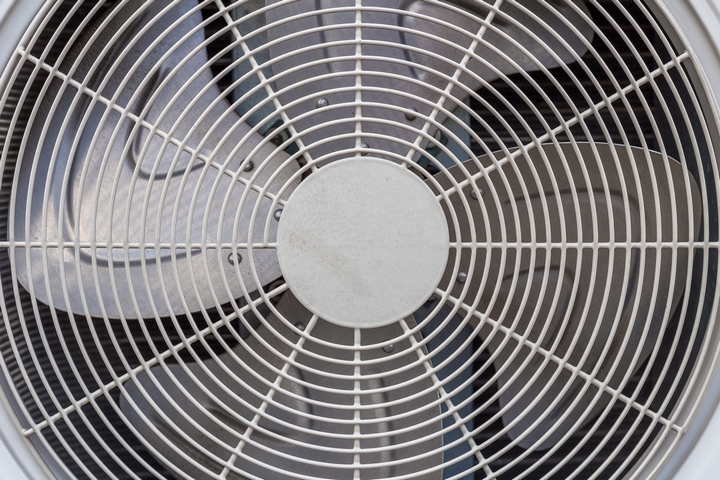
Not taking the proper precautions can put the individuals who are cleaning the exhaust fans at risk. In many cases, certain certifications must be acquired to be qualified to complete this work for safety reasons.
Ensure individuals who are cleaning have such certifications and are dressed properly for the job. It is also important to prepare the space for the cleaning process, removing all hazards from the work area.
Cut power
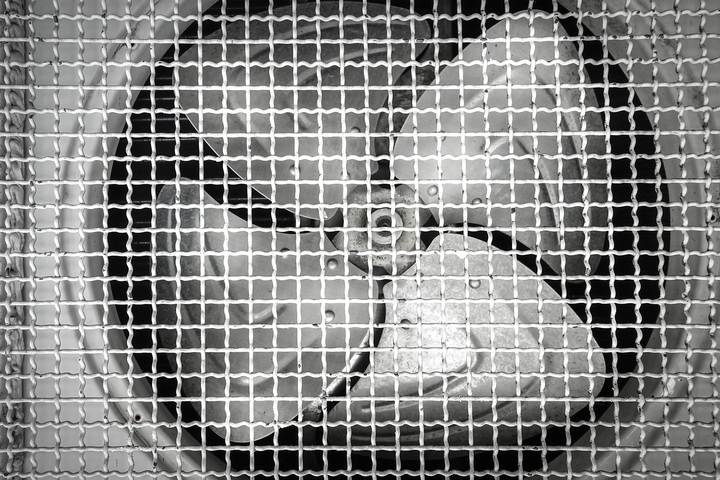
Removing power from the exhaust fan is the first step to cleaning it. There will be water used in the cleaning process, so it is essential that no electricity is being sent through the unit. As well, because it will have to be taken apart, the fan can’t be running.
Remove grease traps and filters
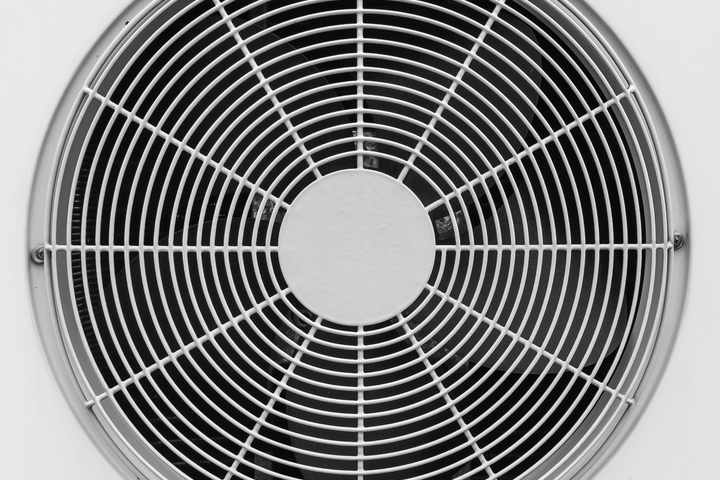
Everything needs to be cleaned out. When it comes to industrial exhaust fans, you know you’re going to be up against industrial levels of grease and grime. To access all of the nooks and crannies these systems have, you must remove the grease traps and the filters.
Use some elbow grease
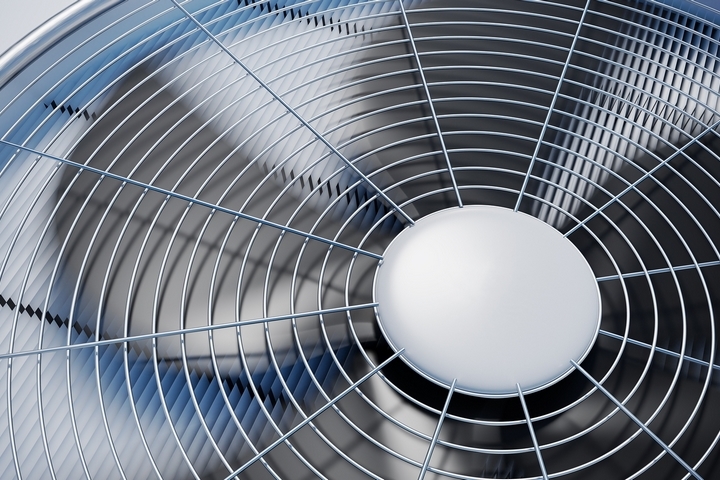
The traps are going to be caked in grease. You’re going to be taking further measures to remove the grease later, but before anything else, wipe out the grease traps to get the first several layers off.
Soak
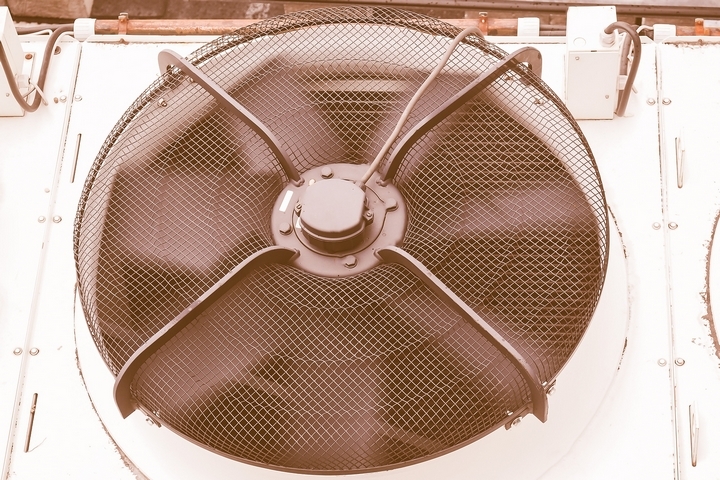
Fill a sink, big basin, or another receptacle with degreaser, soap, and hot water. Do this for both the filters and the grease traps and let them soak for several minutes. Then, wipe them down so they are shining and clean.
Dry
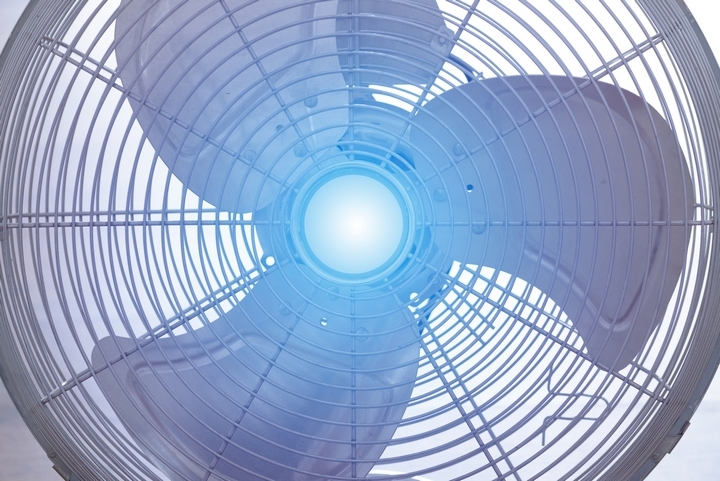
Once the pieces are clean, it is time to put them back. Make sure to dry the filter and grease traps well before putting them back into the unit. As well, ensure the exhaust hood has had time to fully dry before the other components are put back.
Clean the exhaust hood
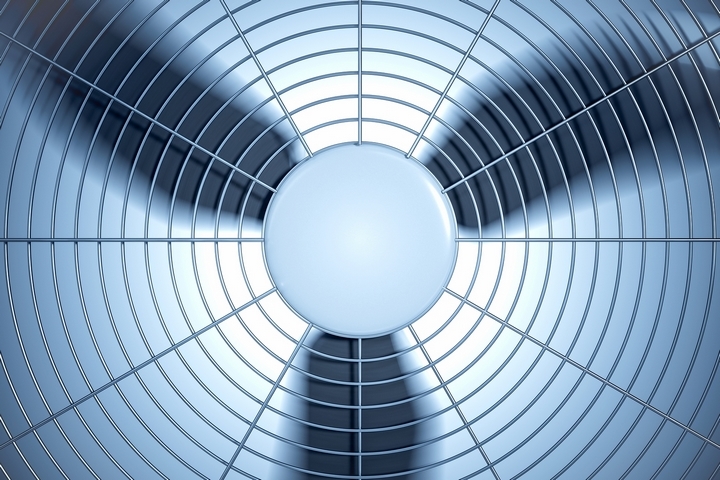
In addition to the grease traps and filters, you’ll also want to clean the exhaust hood itself. You can do this while the other components are soaking to save time. Using a degreaser and a soft cloth, wipe the exhaust hood down and remove all of the built up grease. You will also want to wipe down the fan and any other components that may be collecting dirt and grease.
Inspect
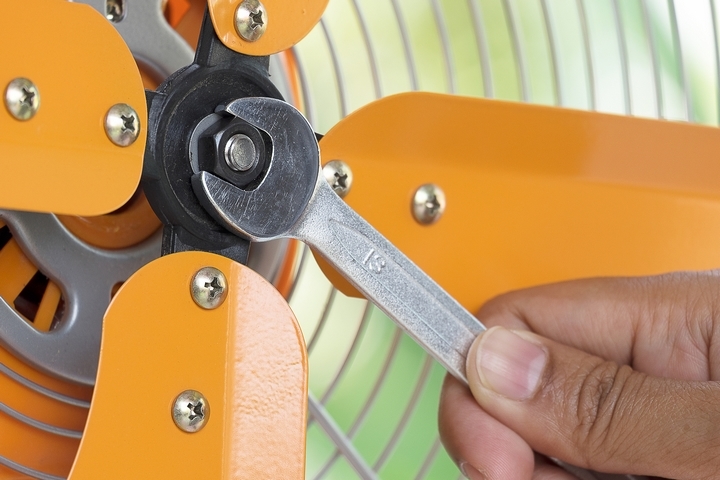
Take this opportunity to inspect the entire unit as well. Since all of the components are being removed, it’s a good time to check that none of the parts are damaged or in obvious need of other maintenance.
Set up a schedule
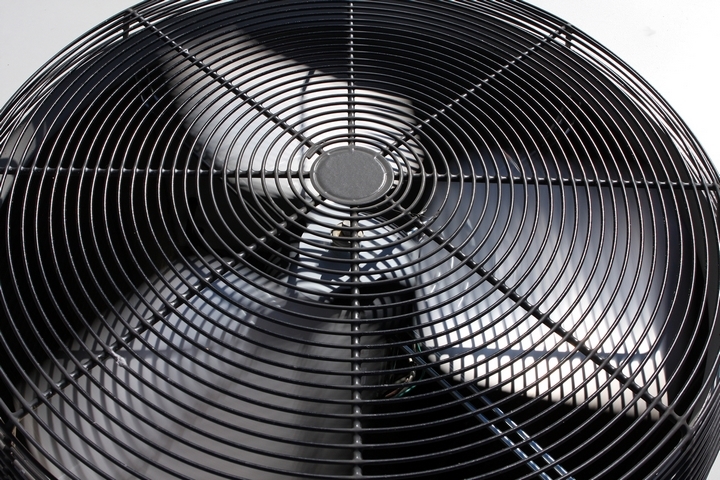
Make sure to set up a consistent schedule for this cleaning and inspection. The longer it is left, the more chances the unit will actually become damaged and require costly repairs. By keeping up with a simple maintenance and cleaning schedule, you can save money and time on both cleaning and repairs.
Take notes
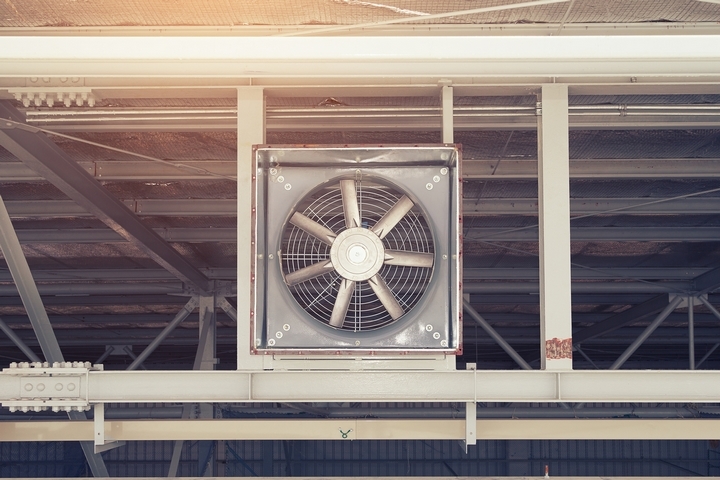
Whenever you clean or have any maintenance or repairs done to the industrial exhaust fan, it is a good idea to mark that information down. This will help to ensure there is always a record of what has been recently fixed or done to the unit, which will ensure it never goes without the proper care.
Hire a professional
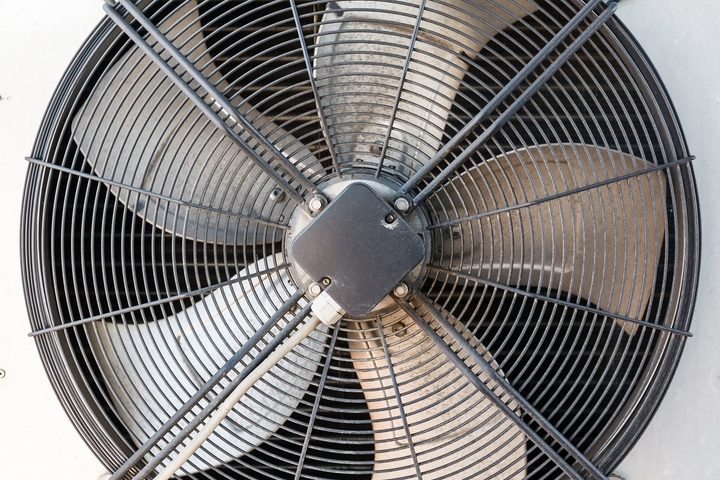
If you want to make sure the job is completed properly, or if you don’t have the appropriate resources to complete the job yourself, you can hire a professional to do the cleaning and inspection for you. These professionals know their way around a commercial exhaust fan, and will be efficient at cleaning it.
A caution for you if this is the route you choose to take: make sure to choose a well-renowned company or individual. There are some who claim to provide this service, but who do not use industry best practices.

